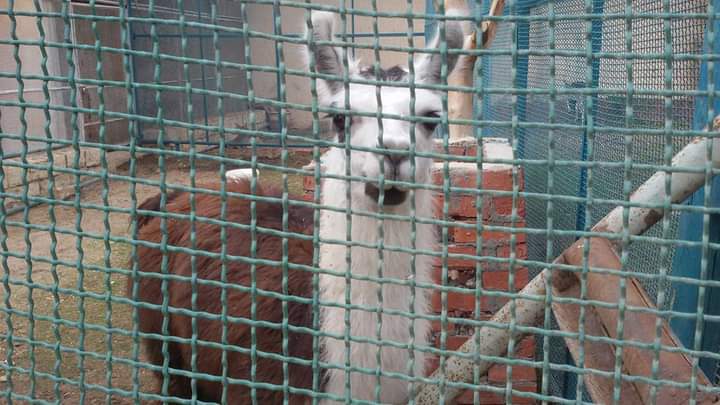
It turns out that llamas make a type of antibody that could prove useful in detecting botulism poisoning.
Botulism is a serious and often fatal illness caused by the neurotoxins of the bacteria Clostridium botulinum. This obligate anaerobe is killed by large amounts of oxygen, but can survive traces of oxygen in spore form. It is commonly found in soil. Clostridium produces seven types of botulism toxin, which can enter the body either via contaminated foods or directly into wounds, causing paralysis and sometimes death. In mice, The LD50 (dosage at which 50% of exposed animals die) is 0.5-1.0 x 10(-6)mg/kg. For an adult man weighing 180 lbs, that’s less than 80 billionths of a milligram gram, or 3 billionths of an ounce. Botulism toxin is the only toxin (as opposed to infectious agent like the Ebolavirus) that is listed as a ‘category A’ bioterror threat.
Antibodies are often the first line of defense used to detect signs of biological warfare. These proteins have specific binding sites that recognize infectious agents or toxins. The trouble is that antibodies, at least the kind made by most animals, are rather delicate, having a short shelf life and requiring refrigeration. This is because the antibodies contain both heavy and light chains of amino acids, the latter being prone to deteriorate.
Where do llamas come in? Unlike humans, llamas (and camels and sharks) produce antibodies with no light chains, only the much sturdier heavy chains. In addition, the llama antibodies have much simpler antigenic binding sites. Put together, this means that the llama antibodies have a much longer shelf life, do not require refrigeration, and can be used to sense and destroy toxins in a variety of forms.
No comments:
Post a Comment